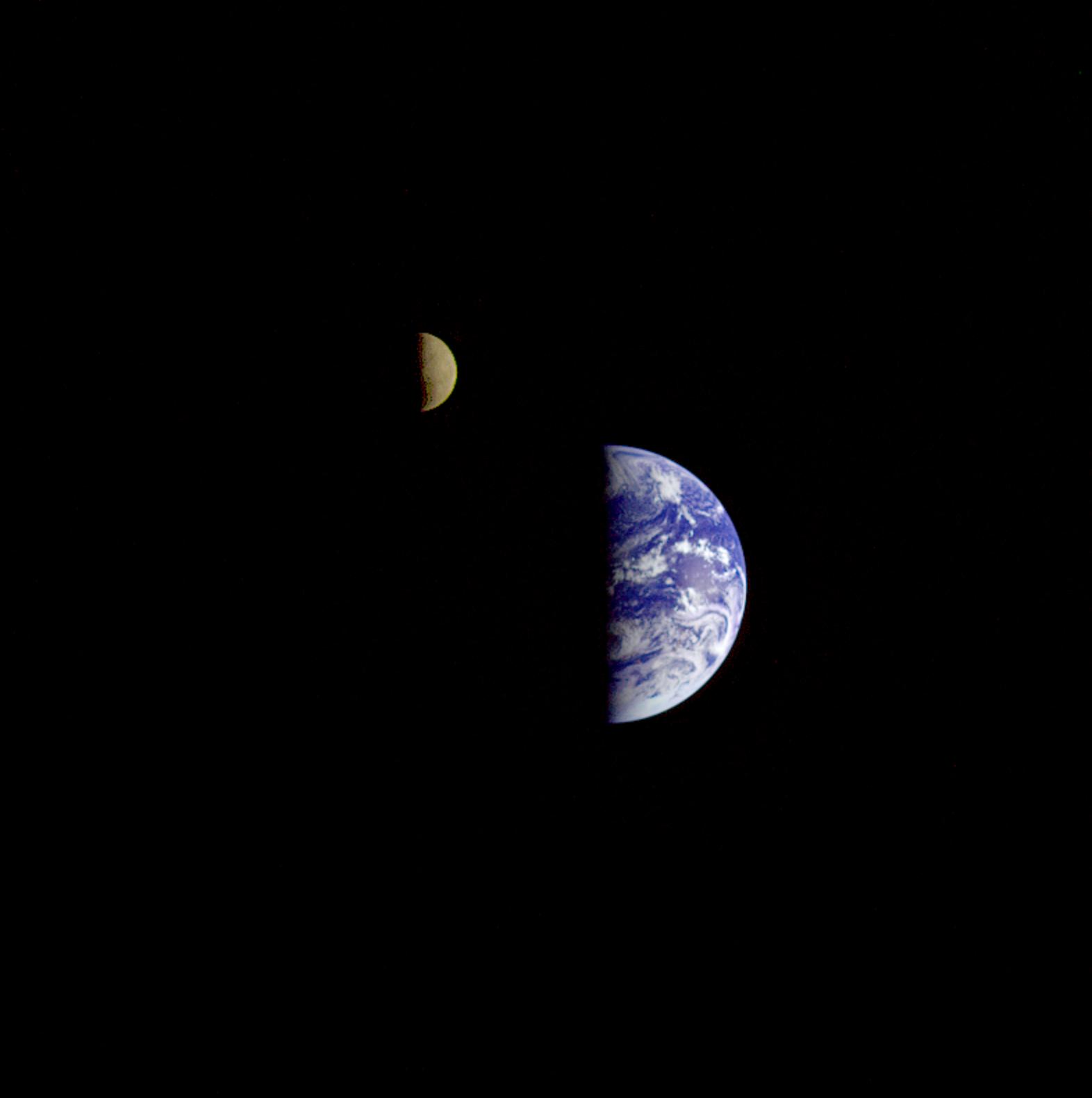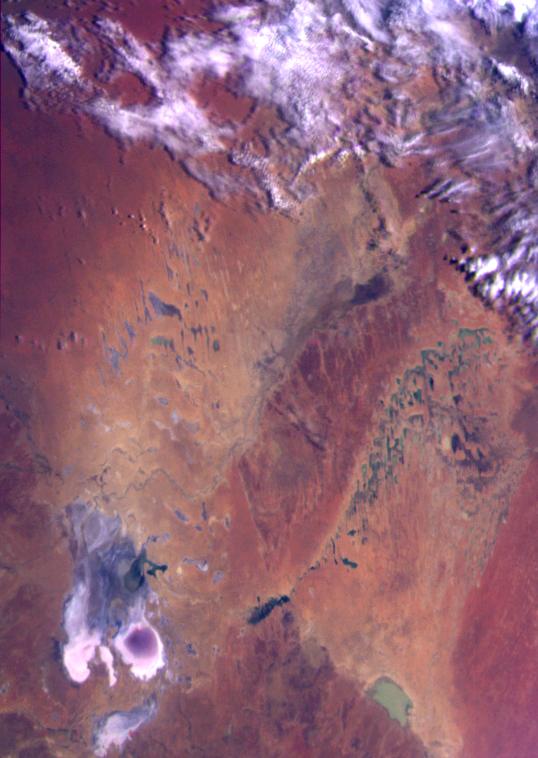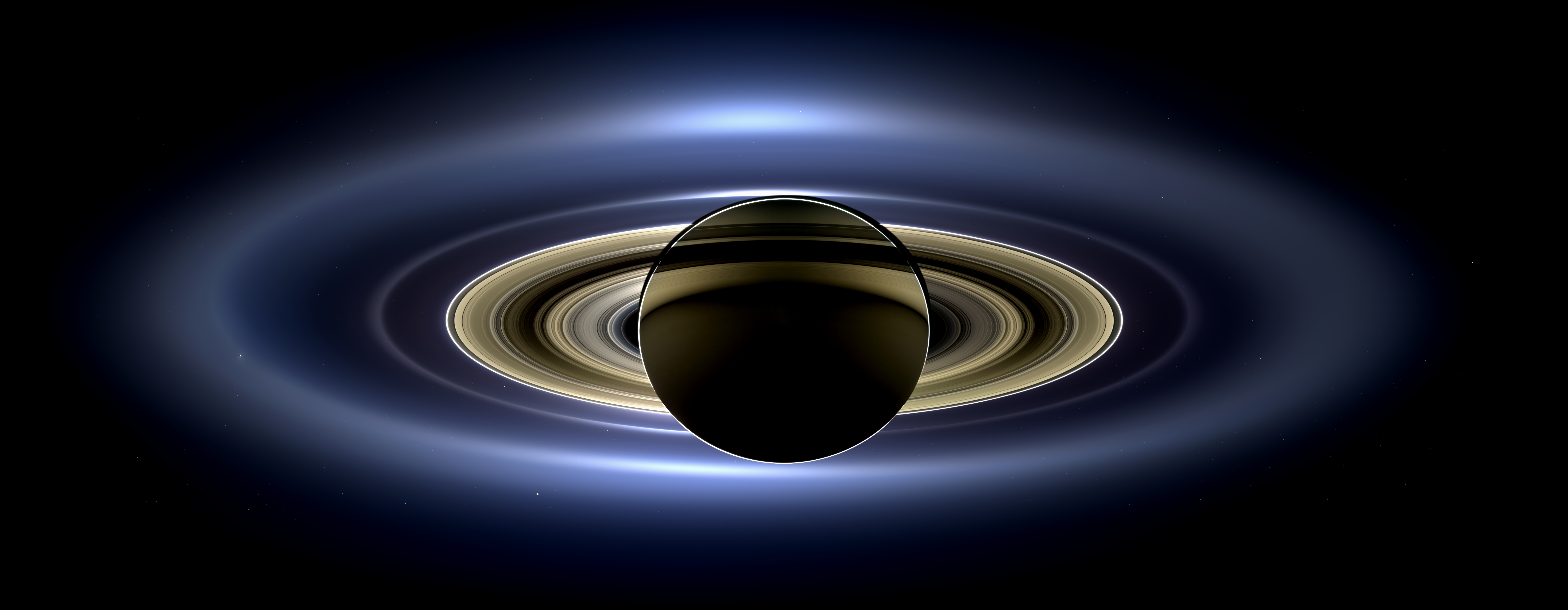We should all remember Deplorable Patriot and Wheatie as we push forward with the fight. This is NOT over by any means.
Fight! Fight! Fight! Because JUSTICE must be served on those who foisted the “Vax” shit on us. And for all the other things they have done to this country.

“Don’t Tread On Me,” it says.
You failed to pay attention to this advice.
You went out of your way to do the opposite.
You chose to rub our faces in it,
imprison those who dared complain,
and even to kill our people.
Now you shall pay just a tiny fraction of the real price, Ratfuckers.
What is it that feeds our battle, yet starves our victory?
RINO scum. Like Murkowski and Collins.
That’s OK. We go around ’em for now.
January 6 Tapes Reminder
OK…I’m sick and tired of reminding you to no effect, Speaker Johnson, so I’ll do the more emotionally satisfying thing and call you a cowardly, lying, fraudulent sack of diarrhetic monkey shit.
Johnson, you are a cowardly, lying, fraudulent sack of diarrhetic monkey shit!
A Caution
Just remember…we might replace the RINO candidates. (Or we might not. The record is mixed even though there is more MAGA than there used to be.) But that will make no difference in the long run if the party officials, basically the Rhonna McDaniels (or however that’s spelled–I suspect it’s RINO), don’t get replaced.
State party chairs, vice chairs, secretaries and so on, and the same at county levels, have huge influence on who ultimately gets nominated, and if these party wheelhorses are RINOs, they will work tirelessly to put their own pukey people on the ballot. In fact I’d not be surprised if some of our “MAGA” candidates are in fact, RINO plants, encouraged to run by the RINO party leadership when they realized that Lyn Cheney (and her ilk) were hopelessly compromised as effective candidates. The best way for them to deal with the opposition, of course, is to run it themselves.
Running good candidates is only HALF of the battle!
Justice Must Be Done.
The prior election must be acknowledged as fraudulent, and steps must be taken to prosecute the fraudsters and restore integrity to the system.
Lawyer Appeasement Section
OK now for the fine print.
This is the WQTH Daily Thread. You know the drill. There’s no Poltical correctness, but civility is a requirement. There are Important Guidelines, here, with an addendum on 20191110.
We have a new board – called The U Tree – where people can take each other to the woodshed without fear of censorship or moderation.
And remember Wheatie’s Rules:
1. No food fights
2. No running with scissors.
3. If you bring snacks, bring enough for everyone.
4. Zeroth rule of gun safety: Don’t let the government get your guns.
5. Rule one of gun safety: The gun is always loaded.
5a. If you actually want the gun to be loaded, like because you’re checking out a bump in the night, then it’s empty.
6. Rule two of gun safety: Never point the gun at anything you’re not willing to destroy.
7. Rule three: Keep your finger off the trigger until ready to fire.
8. Rule the fourth: Be sure of your target and what is behind it.
(Hmm a few extras seem to have crept in.)
Paper Spot Prices
All prices are Kitco Ask, 3PM MT Friday (at that time the markets close for the weekend). (Note: most media quotes are for the bid…the price paid by the market makers, not the ask, which is what they will sell at. I figure the ask is more relevant to people like us who wish we could afford to buy these things. In the case of gold the difference is usually about a dollar, for the PGMs the spread is much wider.)
Last Week:
Gold $3,241.60
Silver $31.96
Platinum $971.00
Palladium $977.00
Rhodium $5,700.00
FRNSI* 155.812+
Gold:Silver 101.427-
This week, markets closed at 3PM Mountain Time Friday for the weekend.
Gold $3,325.30
Silver $32.81
Platinum $1,009.00
Palladium $1,002.00
Rhodium $5,675.00
FRNSI* 159.861+
Gold:Silver 101.350+ (Again, Yikes!!!)
Gold managed to push up into the 3430s (at least) on Monday/Tuesday night/morning. Apparently the Chinese markets were closed May 1-5. The Chinese markets tend to boost gold while the European and US markets push it down.
That said gold was back down to the low 3300s by Thursday evening, and seems to have settled into that range once again.
*The SteveInCO Federal Reserve Note Suckage Index (FRNSI) is a measure of how much the dollar has inflated. It’s the ratio of the current price of gold, to the number of dollars an ounce of fine gold made up when the dollar was defined as 25.8 grains of 0.900 gold. That worked out to an ounce being $20.67+71/387 of a cent. (Note gold wasn’t worth this much back then, thus much gold was $20.67 71/387ths. It’s a subtle distinction. One ounce of gold wasn’t worth $20.67 back then, it was $20.67.) Once this ratio is computed, 1 is subtracted from it so that the number is zero when the dollar is at its proper value, indicating zero suckage.
Leading Up To The Big Revolution In Geology
As of the late 1950s geology had made tremendous strides in about two and a half centuries. Geologists had come to understand a lot about rocks, how they were made, how they endured (or didn’t), and had used this understanding not just to reconstruct a lot of Earth’s past, but also life‘s past.
But a lot was missing, too. We knew, for instance, that land rose and fell; we had obvious ancient sea floor in what is today nosebleed-high mountain ranges. And we knew that it wasn’t because the water had risen, but rather that the land had risen afterwards.
What we didn’t know was why. Why was terrain being uplifted from time to time?
Geologists had won their argument with the astronomers over how old the Earth had to be, but that win left them with another aspect of this problem. If the Earth were indeed hundreds of millions of years old (as, by about 1900 at the latest they figured must be the case), then why did we have continents at all? They should have eroded away long ago!
Another mystery was volcanoes. They happened a lot in some places, and not in others. Why? No idea. I had access to an outdated book on volcanoes (probably written in the late 1950s) as a kid in the early 1970s. It asked this question and gave no answer beyond, essentially, “we don’t know.”
Today we know the answers to all of this. And indeed looking back on it, the geologists who lived through what can only be described as an Awakening (and yes, some of them are still alive), realize that geology made no sense without the answer. Oh, the little stuff made sense; mountains erode, volcanoes erupt, streams silt up, until you dug a bit deeper and realized there was no rhyme or reason to it when you tried to put together a big picture. Why were the mountains there to erode? Why weren’t volcanoes in New York State?
There really wasn’t a big picture.
And then, in not much more time than it takes for a Trump attorney general to be confirmed, there was a big picture!
What a glorious time it was to be a geologist!
I’m not guessing at this; I’ve heard many of them talk.
Plate tectonics brings order and sense to geology. Much like the periodic table brings order and sense to chemistry, gravitation brings sense to astronomy, and evolution brings sense to biology.
(You might want to argue with that last one. You’d be wrong. I’ve heard biologists talk too. Biology literally would make no sense–it would be a jumble of miscellaneous facts–without evolution to tie it together.)
So this is going to be the story of how we came to recognize that plate tectonics exists, and how it works. And it will probably take several posts to cover.
But first…some background. (You should have seen that coming.)
Igneous Rocks
There are three broad classes of rocks, igneous, sedimentary, and metamorphic. (I hope this is a refresher to you, as I’ve covered this before.) Igneous rocks were certainly the first kind to exist, since those are the kind of rock you get when lava or magma cool and solidify. Then there is sedimentary rock, formed from bits of other rocks (of any of these types), that erode, are transported downhill, and (usually) end up at the bottom of a body of water where they become sandstone, or limestone, and things like that. Metamorphic rock results when any rock is subjected to high temperatures and pressures and undergoes chemical and structural changes without going all the way to melting and re-solidifying. Marble and flint are examples of metamorphic rock.
We’re going to concentrate on igneous rocks.
Magma and lava are typically mixtures of different chemicals, and as they cool the chemicals crystalize (and become minerals). You can tell how quickly an igneous rock cooled; if it cooled very slowly you get large crystals; if it cooled quickly you may have very small crystals, perhaps small enough you need a microscope to study them. In extreme cases there may be no crystals at all and the rock is considered a volcanic glass, like obsidian.
(A rock with crystals large enough to be seen by the naked eye is “phaneritic” while others are “aphaneritic.” As a side note to this side note, “phaner-” also appears in the name “Phanerozoic,” which is a hint as to where it got its name; the Phanerozoic is the eon where life was big enough to see. Though that’s a bit of a misnomer now since the Ediacaran period, right before/below the Cambrian and thus not in the Phanerozoic eon, also had life big enough to see. But that discovery post-dates the naming of the Phanerozoic.)
Lava being out on the surface cools quickly and generally has very small crystals, whereas intrusive rocks (like dikes and sills), and gigantic bodies of magma called “batholiths” are underground and cool very slowly; leading to big crystals. In fact, geologists will distinguish between extrusive (lava) and intrusive (the others) igneous rocks as the “mode of occurrence.”
There is also, independent of that, another distinction, a chemical one. Magmas in general are mostly silicon, oxygen, aluminum, sodium, potassium, calcium, iron and magnesium; these all go together to form silicate minerals, which make up at least 90 percent of all igneous rocks. Silicate minerals are made up largely of silica, SiO2 (as I tried to explain the one time I dared to take up mineralogy), but not entirely. Different magma bodies have different proportions of these materials.
Felsic rocks have the most silica, and end up consisting mostly of quartz and feldspar, with other things thrown in like mica. The dividing line seems to be 63% or more silica makes it a felsic rock. And the result is either granite (intrusive, slow cooling from magma) or rhyolite (extrusive, quick-cooling from lava, fine-grained). These rocks are usually fairly light in color, and have a relatively low density compared to the other sorts of igneous rocks. (That low density has very important consequences, so don’t forget it!)
Below, some of the minerals that appear in felsic rock, plus a picture of some granite from an obscure location that I picked totally at random (right).




Intermediate rocks are 52-63% silica, and the intrusive version is diorite while the extrusive one is andesite. You might ask, “intermediate between what, and what?” Well, intermediate between felsic and…
Mafic rocks are 45% to 52% silica. The intrusive, coarse-grained type is gabbro, while the fine grained type is basalt. In general, these rocks will have a lot of pyroxenes, olivines, and calcic plagioclase in them.



Anything less than 45% silica is ultramafic. The coarse grained, intrusive example is peridotite, while the fine grained ultramafic rocks are komatiite.
If you do a deep dive there are further and further fine-grained (sorry. OK, no I’m not) ways of classifying igneous rocks.
The average adult has heard of granite. He may have heard of basalt. The other six broad kinds of igneous rock are probably foreign to him.
Most lava flows are basaltic in nature. Most rocks that form deep underground (known as plutons) inside mountain ranges are granitic. So there’s both a compositional and textural distinction between lava and plutonic rock. At least, usually. The exceptions are notable when they happen.
(Every once in a while I hear a tourist opine that Pikes Peak must surely be a volcano. No…it’s made of granite–see the picture above–much like the Appalachians. Granite doesn’t happen in volcanoes (or if it does, it’s very rare). Tour guides must be really tired of this one.)
The Earth’s Crust
(More background)
The Earth has a layered structure. The below diagram shows (lower left) to scale, and the notional “pie wedge” at upper right is not to scale. (We have some notion of these layers because we can “watch” seismic waves curving and refracting at the boundaries between the layers. The liquid outer core, in fact, blocks some kinds of seismic waves completely. I have described this before.)
The crust is on average 35 kilometers thick (out of a total of 6371 (average) or 6378 (max) kilometers to the center of the Earth). There is also the lithosphere, the top 60 or so km of the Earth (note that the crust is part of the lithosphere). The mantle lies directly underneath the crust and goes down 2900 km or so; it’s divided into an upper and lower layer about 660 km down.
Most of the mantle is solid but does flow over time; the very topmost layer of it is a lot more rigid which is why it is grouped with the crust into the lithosphere.

In fact the boundary between crust and mantle is where there is a sudden shift in the speed of seismic waves; this is the Mohorovičić discontinuity which for some reason I can’t fathom gets abbreviated to “Moho.”
In some cases upper mantle material has ended up on the Earth’s surface, and it’s generally 55% olivine, 35% pyroxene and 5-10% calcium oxide and aluminum oxide minerals such as plagioclase, spinel, and garnet. In other words, the mantle is mafic. It’s also much more dense than the Earth’s crust, which means that over time the crust is likely to stay “up there” essentially floating on the mantle.
One other thing that the diagram does is to distinguishes between “continental” and “oceanic” crust. Other than the fact that the oceanic crust is a lot thinner than the continental crust, does it really make a difference? Both are largely silicate, but it turns out the ocean floors are, underneath the sediment layer, largely made of basalt, diabase, and gabbro. In other words the ocean floors are mafic. They’re also only about 5-10 km thick.
Continental crust on the other hand is mostly felsic and can be anywhere from 25-70 km thick. (Note that the continental crust includes the continental shelves; geologically speaking they’re part of the continents, not part of the oceans.) Some really thick areas of continental crust are the Tibetan plateau and the Altiplano next to the Andes, where the crust can be as thick as 80 km.
So continental crust is lighter and thicker than oceanic crust. One would think the composition would be about the same everywhere, and likely less difference in thickness too, but no we have these pronounced differences and it turns out we now know it’s for a very good reason.
Note that the difference in thickness is greater than the distance from the top of mount Everest to the ocean floor, This implies that where there are continents the continental crust drops further into the Earth than the oceanic crust.
In fact it ought to remind you of icebergs, floating on top of a liquid medium with with a large portion beneath the surface, or sticking into the mantle layer.
I recall reading somewhere (I can’t confirm it) that if (say) ten feet were to erode off the top of Pikes Peak, then (given a lot of time) the mountain would “bob” up about nine feet for a net loss of elevation of a whole foot. Clearly to erode the entire thing away (it sticks up about 8000 feet above the surrounding terrain), 80,000 feet or sixteen miles would have to erode away–not just 8000 feet.
Below is a diagram with contour lines of the thickness of Earth’s crust.

And now, with today’s ramble plus prior ones, you have the background to understand the story of the great geological revolution.













































